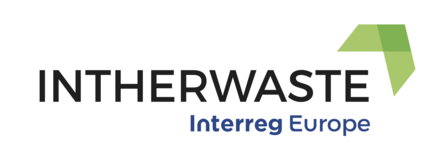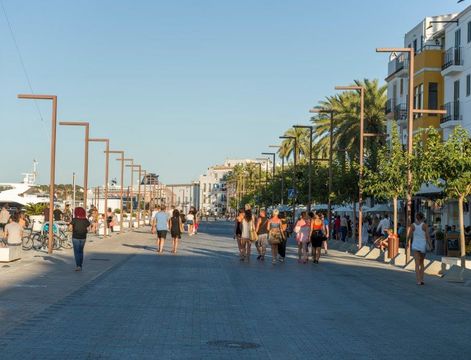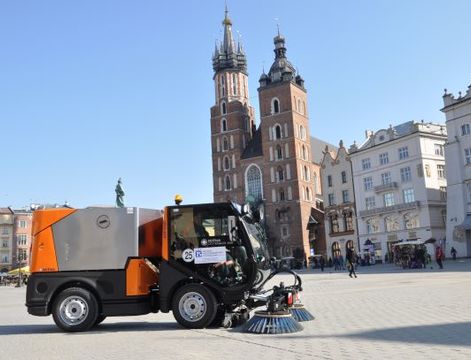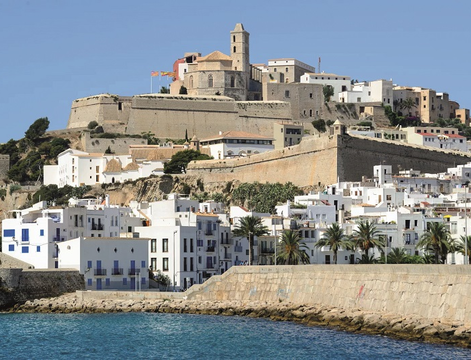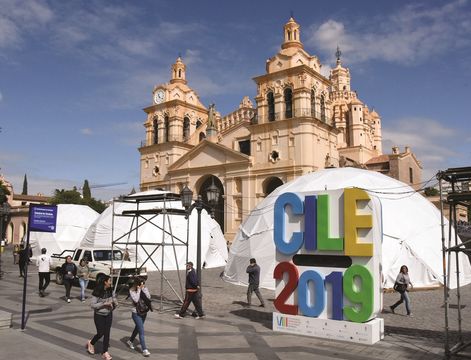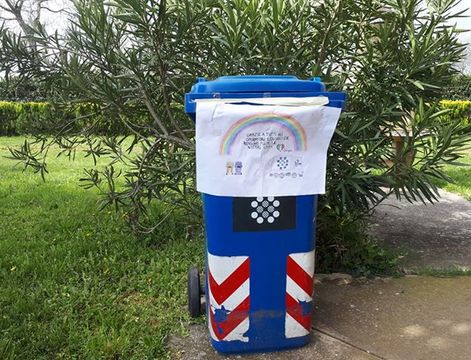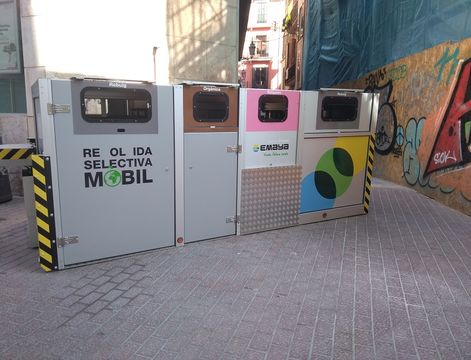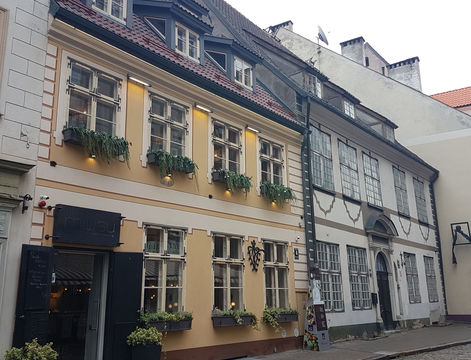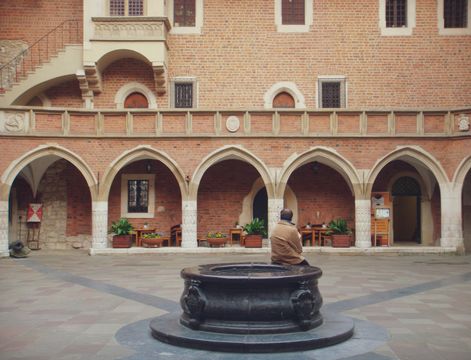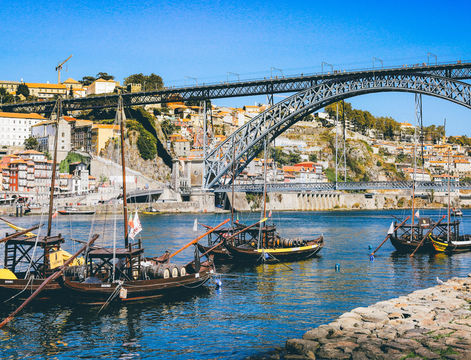The main objective of the INTHERWASTE project is to improve local and regional policies for sustainable waste management in Heritage Cities. To achieve this aim, each pilot city has identified a local policy instrument that will be improved thanks to the results of the project.
For the Municipality of Tallinn, the targeted policy instrument is the Tallinn Waste Management Plan 2017-2021, which was adopted in 2017. While the project is still on-going, the preliminary results were already useful for the drafting of the new plan.
This Plan sets the waste management objectives for the new period. The development of waste management activities was very fast during the period of the previous plan. The share of landfilled municipal waste produced in Tallinn dropped to just 1-2%, the level of municipal waste recycling remained around 45% for years, and the use of municipal waste for energy hincreased on the account of depositing.
The goals of the Tallinn Waste Management Plan 2017-2021 proceed from the goals and indicators set in the Waste Management Plan of Estonia 2014-2020. The main objective of the waste management plan is to set a sustainable waste management following the waste hierarchy. There are three strategic goals:
- to avoid and reduce the generation of waste, including reducing its hazardousness;
- to recycle waste or recover it to the maximum in any other manner;
- to reduce the environmental risk arising from waste by increasing the effectiveness of monitoring and supervision, among others.
The plan includes several activities for the achievement of each goal.
Activities for achieving strategic goal I:
- facilities for keeping reusable things (such as furniture) will be established at waste stations. There are no such facilities at the moment;
- plastic cups will be replaced with reusable ones at public events;
- waste generation by municipal agencies will be reduced by the implementation of the relevant principles;
- more attention will be given to avoiding and reducing the generation of waste in information campaigns, including the development of a separate programme for pre-schools;
- an action plan will be developed within the BLASTIC project to avoid marine litter.
Activities for achieving strategic goal II:
- organised waste transport must take place throughout the citymaking it possible to give plastic, glass and metal waste away separately door-to-door;
- changing the prices of waste transport in such a manner that handing over separately collected waste would be considerably cheaper;
- switching to a weight-based service fee in waste transport is planned as a pilot project;
marking bins with bar codes or microchips to automatically record emptying, which would make waste transport more efficient; - bins in which waste can be separately deposited will be set up in the city;
there must be bins in schools, pre-schools and other municipal agencies where waste can be collected separately; - launching a door-to-door information campaign targeting households and offering sorting bins;
- a mobile collection point for hazardous waste will be introduced;
implementation of the vacuum waste collection system (pneumatic refuse collection system). The cost-effectiveness of such a system in the Old Town will also be assessed during the INTHERWASTE project. To this end, the Tallinn Municipality will be visiting the system implemented in Bergen, Norway (see this INTHERWASTE good practice); - three separate containers (paper and cardboard, glass and mixed packaging) will be guaranteed at all packaging collection points;
- the opening hours of waste stations will be extended;
- the gardening and landscaping waste from the city’s green areas will be composted.
Activities for achieving strategic goal III:
- supervision over separate collection of waste will be made more efficient;
- the register of waste holders in Tallinn will be developed further and the city will cooperate with other local governments to reduce fly-tipping;
- follow-up maintenance of closed waste management sites will continue.
The Tallinn Waste Management Plan 2017-2021 also includes an implementation plan, which prescribes a certain period for each activity, the cost of the activity and the possible source of funding. For more information, please visit the city’s waste management website: www.tallinn.ee/eng/A-Guide-to-Sorting-Waste
To find out more about this INTHERWASTE partner, have a look at our article: www.interregeurope.eu/intherwaste/news/news-article/2864/meet-the-intherwaste-partner-tallinn-municipality
